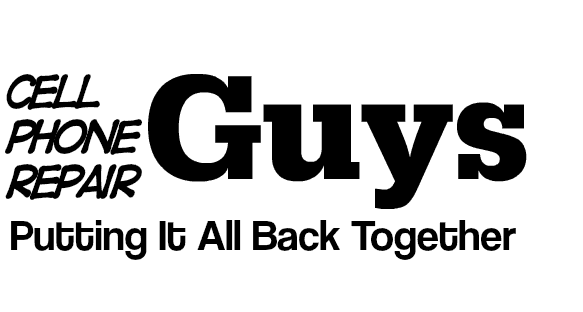
One Mans Quest To Document The Highways That Tore His City Apart
The Interstate Highway System, ushered in by President Dwight D. Eisenhower 60 years ago, was heralded as a groundbreaking public works project that connected the country like never before. But those 47,000 miles of federally funded pavement also decimated urban centers.
Photographer Michael DeFilippo has spent the last five months documenting freeways in his city of St. Louis. He completed the series this week, tied to the 60th anniversary, and ahead of his own 60th birthday Friday.
He says about half of the city’s neighborhoods are bordered or intersected by an interstate.
“I wanted to show the unintended consequences and impact of the highway on a very beautiful and vibrant city,” he told The Huffington Post in an email.

DeFilippo, who mostly gets around by bike, got closer to the high-speed streets than most people do when they’re not driving.
“I spent some time on the shoulders of busy roads, under highway overpasses, walking up and down access ramps at interchanges,” he said.
The experience reminded him of a 2011 assignment photographing a tornado in Joplin, Missouri.
“While standing on the edge of I-55 or I-44, looking down a barren ribbon of concrete with residential neighborhoods on both sides reminded me of Joplin after the tornado, except the cars on the Interstate were not stacked on top of each other,” he told HuffPost.
DeFilippo’s photos aren’t filled with decay, nor do they seem particularly grim at first glance. Many feature historic buildings and city landmarks under bright blue skies. But the freeways are still always present, and there are moments of dark humor: In one photo, a trick of perspective makes it look like cars on a flatbed trailer are driving in midair through houses. In another, a truck whisks a mobile home down the freeway juxtaposed with an abandoned building in the background.

SUBSCRIBE AND FOLLOW
Get top stories and blog posts emailed to me each day. Newsletters may offer personalized content or advertisements.
As in many cities, residents left St. Louis in droves in the second half of last century, cutting the population in half since 1970.
With no people besides the ones hidden in their cars, DeFilippo’s images are a reminder of how freeways helped empty out cities, displacing residents and allowing for suburban sprawl. (In past projects, he’s shown a more dynamic side of St. Louis.)
Urban planners used to consider freeway construction as a tool to cure city ills and clear “slums” overwhelmingly black neighborhoods Alana Semuels writes in The Atlantic. Communities were razed to make way for new roadways in cities across the country, from Detroit to Syracuse. Highways, along with housing restrictions that kept black residents out of the suburbs, fueled segregation and poverty, according to Semuels.
U.S. Secretary of Transportation Anthony Foxx announced an initiative earlier this year to push transit infrastructure that is more inclusive and not solely focused on cars.
The shift is shaped by Foxx’s experience growing up. His grandparents’ house in Charlotte, North Carolina, was just a few blocks from two interstates walled off by fences, according to news site Governing.
“My neighborhood had one way in and one way out, and that was a choice,” Foxx said in January.

More and more, urban planners and local officials are promoting walking, biking and mass transit. Making cities safe and accessible for pedestrians benefits the environment, local economies and residents’ health.
Some cities have put that vision to work by actually tearing up freeways. One of the earliest projects is in Portland, which closed Harbor Drive in the 1970s and replaced it with a waterfront park.
Others have “capped” them with pedestrian-friendly overpasses. One of these projects is in St. Louis, a park over I-44 that links the Gateway Arch with the rest of downtown.
DeFilippo’s series ends with a photo of that connector.

It’s “a start toward undoing some of the damage done to Saint Louis by this highway system,” he said.
See more of DeFilippo’s photos below and in the full series on his site.









